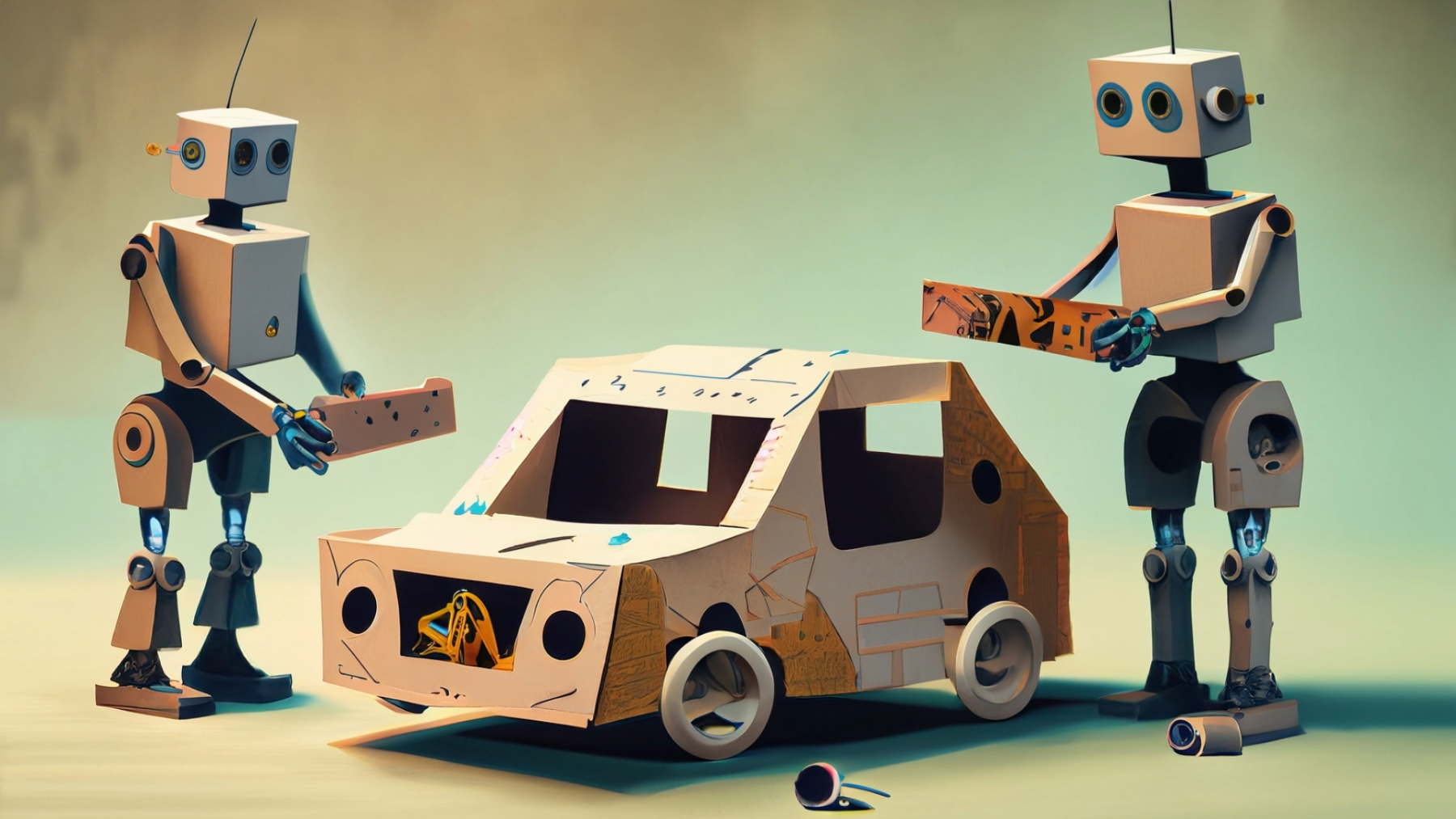
Design a Course with Friction
by Lisa Barnard
In the second part of this lesson, students will now test how friction can change the speed of a RC car. Students will first test the RC car on three different surfaces of their choice and time them with a stopwatch. Students will again be able to calculate the mean in their data. Finally, students will use their knowledge of friction in order to design a course to slow down a RC car.
Lesson Plan Link/URL
https://docs.google.com/presentation/d/1FD53o83pJMJn_a3is82B33sgA8j3WLeR/edit?u…Subject Area
Science Physical Science P3: Net Force P4: Energy Transfer Engineering S2: Apply the Engineering Design Process S4: Apply Science to Engineering Mathematics Statistics and Probability (SP)
Featured
On
Related Content

Grades:
6th Grade, 7th Grade
In this part one of two lessons, students will test the pull force of a RC car on three different surfaces. Students will learn about friction in a hands-on activity and practice calculating the mean

Grades:
6th Grade, 7th Grade, 8th Grade
In this project, 8th-grade students will engage in hands-on exploration of elastic potential energy and its conversion to kinetic energy using small catapults. Through experimentation and data

Grades:
3rd Grade, 4th Grade, 5th Grade, 6th Grade, 7th Grade, 8th Grade, 9th Grade
Engineers often create small-size models of a new product to test its design. This is especially true with airplanes. Model testing tells engineers how a design responds to different air conditions